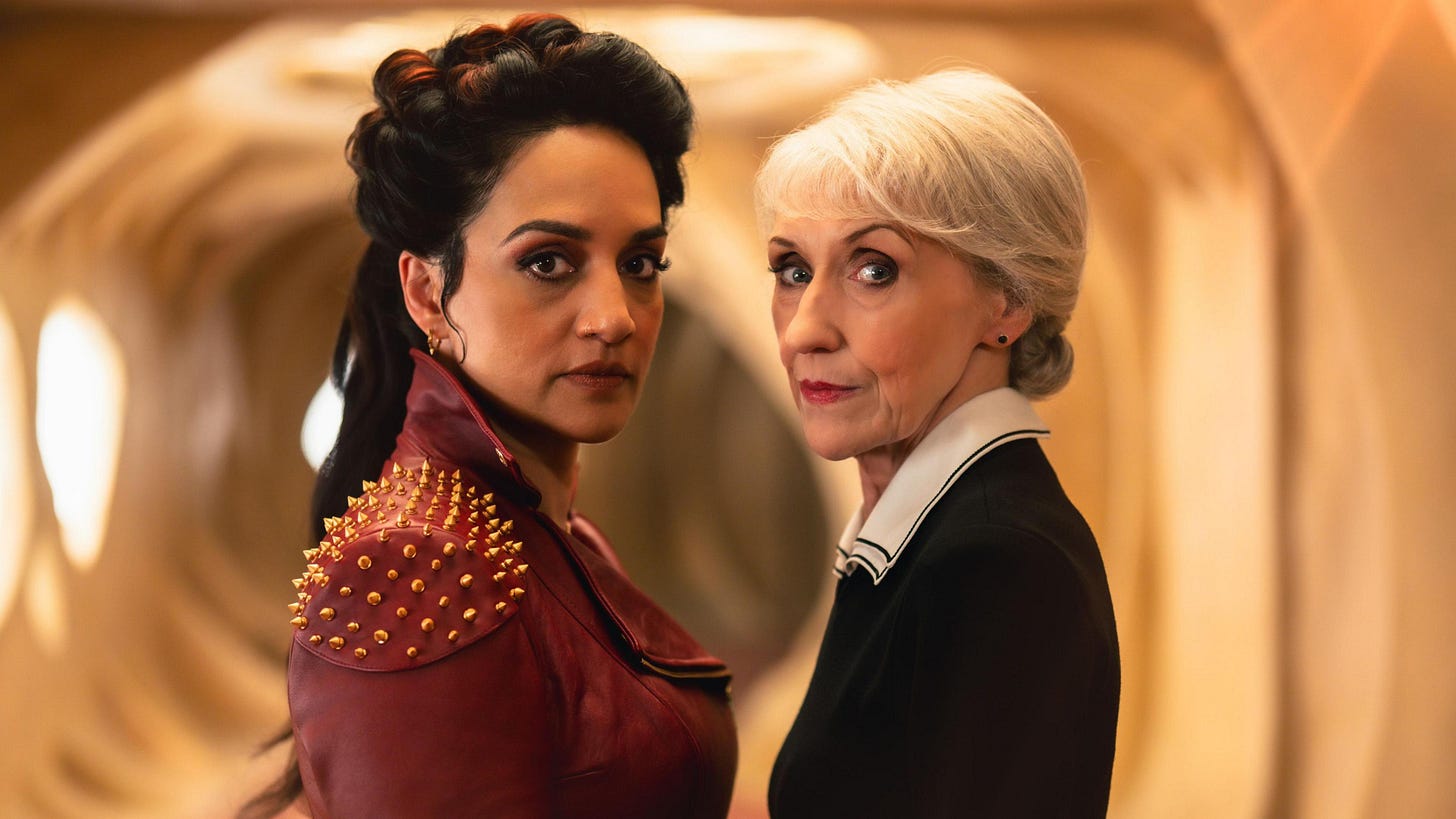Time and the Rani
A post about a season of Doctor Who that was about the TV show Doctor Who telling stories about Doctor Who.
The Rani, a character who arrived in the 1980s during Doctor Who’s most notoriously lacking periods creatively, is one of the series’ worst villains. It doesn’t make sense why; brought in as a clear feminine analogue for the iconicAnthony Ainley interpretation of the Doctor’s archnemesis, The Master, The Rani was another rogue Time Lord with vague ideas of conquest.
An amoral biochemist who saw the Universe as a lab for her experiments, The Rani in theory could have been a different kind of Doctor Who villain with a bit more subtlety and shading. Instead, she was another pantomime villain with outsized ambitions and absolutely atrocious dialogue whose characterization across both canon serials Mark of the Rani and Time and the Rani felt like a personification of the show’s lack of creative drive. By the time the Rani landed in the Tardis, the show had gotten more violent, less fun, and felt like an off-brand Who …
Keep reading with a 7-day free trial
Subscribe to Write, Liam! to keep reading this post and get 7 days of free access to the full post archives.


